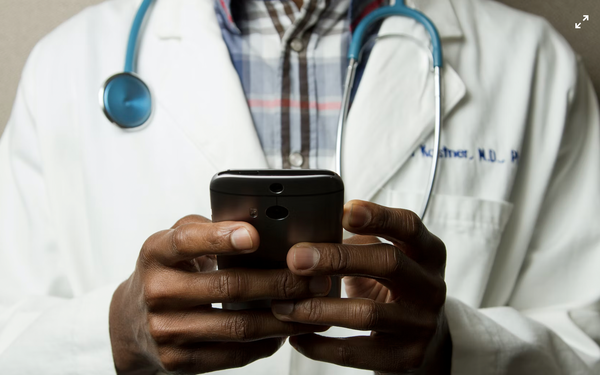health care
Commentary
The Virtual Doctor: Health Care's Tech Potential
- by Les Luchter , Staff Writer, October 13, 2022

The pandemic was like a “digital defibrillator” for the healthcare industry, what with the sudden need for telehealth, “because if you were not on the digital journey, you got a jolt,” Sabina Ewing, global chief information officer and vice president business and technology services for healthcare company Abbott, told the Reuters Momentum technology conference this week in Austin.
But even for healthcare companies with passionate tech leaders, the digital road forward has had lots of bumps to navigate, as evidenced by industry speakers at several confab sessions.
Data management was one issue. “This isn’t about navigating the system we have [but] reorganizing the system around the individual,” said Katya Andresen, chief digital analytics officer for insurance company Cigna. Virtual healthcare experiences for consumers, she noted, are still “pretty clunky…Most healthcare companies are really scrambling to make sure we keep up with consumer demand.”
advertisement
advertisement
“Clunky is the right word,” agreed Elizabeth Porter, president of Leidos Health Group, which provides health information technology to government agencies and other clients. Eventually, though, “I think we’re going to settle into something that will be the norm based on how each individual wants to interact with the healthcare system.”
And at some point, everyone is going to need real human interaction.
Anika Gardenhire, chief digital officer of Centene, a provider of managed care services, pointed out that when healthcare companies have mastered the digital end for consumers -- so that the latter are doing most everything online “that doesn’t require a human connection” -- they’ll also expect a whole new level of empathy when they finally do interact with a real doctor.
Such bedside manner extends into telehealth visits as well. “Do I have the information I need, what’s the level of information I feel comfortable with, and did I receive that information and care?,” noted Porter.
“To me,” said Andresen, “bedside manner means you have a [health] provider who actually knows something about you, cares about you, and makes things simple and clear.”
Andresen says this will be made easier when the “holy grail” -- longitudinal patient records -- are achieved. This will mean that “wherever you go, whoever you see,” you’ll have continuity because all the available data will be connected together.
With so much data, be sure to keep human interaction in the forefront, cautioned Gardenhire, who is also a registered nurse. “As a clinician, I remember when the monitor at my bedside went from 12 data elements to 26. It wasn't helpful. Please don’t give me more data. I have things to do. I need insight and sentences. I don’t need more numbers on a screen.”
Some of the human interaction will take place at home -- and not just via telehealth visits.
Pharma and medical supplier Cardinal Health is building a technology platform to bring hospital-level healthcare to patients’ homes Ray Bajaj, the company’s senior vice president and chief technology officer, told the conference. This will lower costs he said, and include such services as pharmaceuticals, skilled nursing and meals.
“The consumerization of healthcare [where consumers are front and center], "is real,” Bajaj declared.




